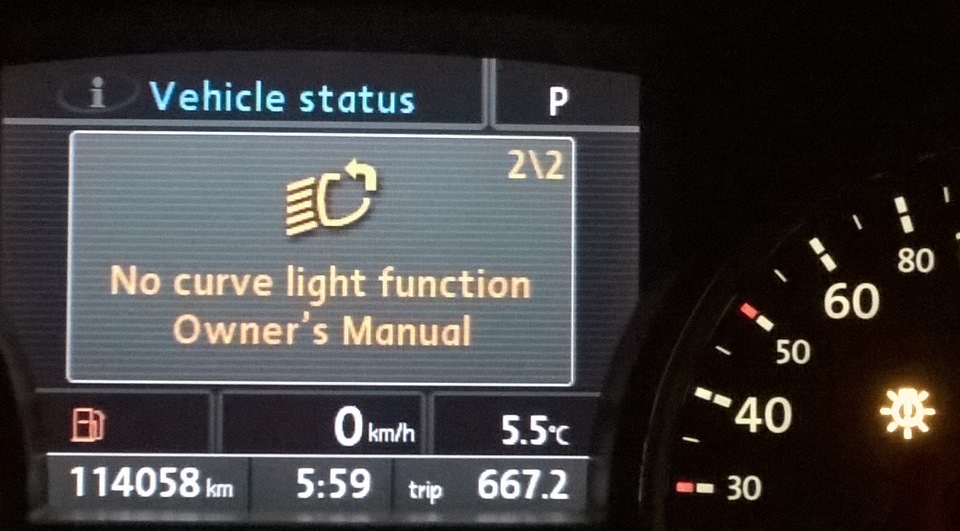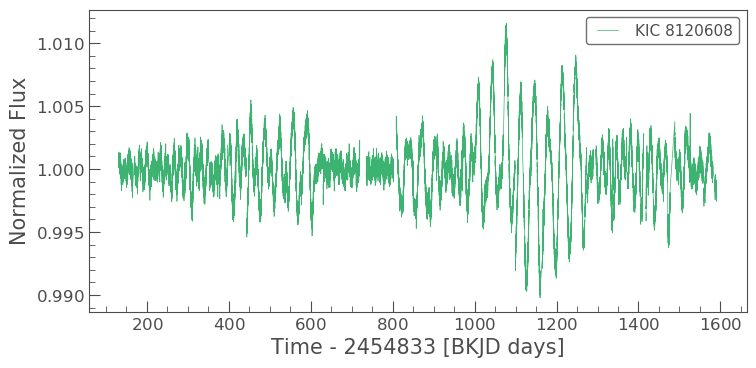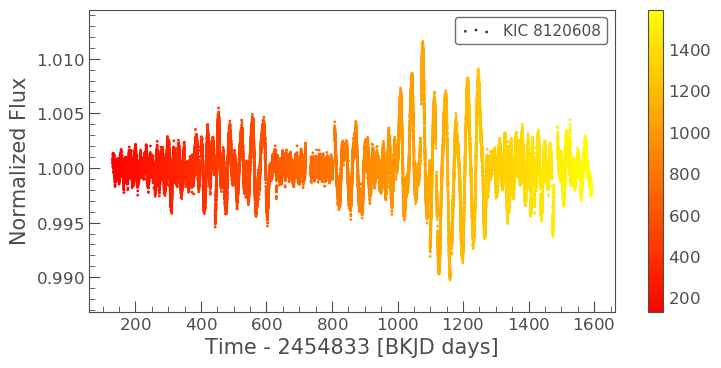
Всем привет!
Буду краток )
Вылезла вот такая ошибка на панели приборов.

Сгорела правая лампа подсветки поворота, этот чек загорается каждый раз при повороте руля вправо, загорелся и соответствующий знак на циферблате спидометра. Надо менять лампу. То ли к дилеру ехать, то ли самому это сделать, но фару вытаскивать пока не научился. Ну и не ясно какую лампу туда нужно покупать, может какой-то светодиод?
Вторая ошибка, более серьезная вылезла после мойки при попытке поднять подвеску в режим "Extra"
fredekPL
Registered
I own a 2008 touareg, 16.5K miles on it, 3.6L, with lux package. best part is the bi-xenon with afs headlamps. today i got a message "no curve light function, owners manual", and a yellow light buld with explomation point is displayed in the speedometer. i’m thinking its just the light bulb.
when i turn the car on, the headlights move down, then out, and back in and position themselves. when i turn the steering wheen right, the right corner light turns on. when i turn left, the corner light does not come on and the message is displayed.
can anyone help me? i’m trying to find what kind of light bulb to buy, and how to get into the housing to change it.
The examples over at lightkurve are really useful for understanding all the wonderful ways you can access Kepler data via online archives. This very short example demonstrates a quick-and-dirty tool that uses lightkurve to download the entire Kepler light curve for a particular star.
Download a light curve.¶
Our first step is to download some data. We’ll import our basic set of tools, and then use them to download a Kepler light curve.
This last command creates an object called hsl that contains a useful function: download_kepler_lc . This function takes a star name as input, and tries its best to return a Kepler light curve for it. There are a few options you can feed it if you want, to know what those are, remember that in jupyter you can type the name of a function, and then hit — to see what it does (once for basic info, twice for more). Give it a try!
Here, we use that function to download a light curve for Kepler-186. Light curves from Kepler are split into
90 day quarters; this function makes a rough attempt at stitching all of those together.
Plot your light curve.¶
The lc object we just created it is a KeplerLightCurve object (see the documentation for lightkurve ) if you want to know more about what these objects can do). One snazzy feature of a light curve object like this is that we can make a simple plot of the data, just by running
You’ll notice that the folks who wrote this tool put a bit of thought into making sure the plot looks pretty good and the axes are labeled in a relatively straightforward way.
However, we might want to play around with things a bit, so let’s dig under the hood of our light curve, and pull out the actual data that’s being plotted.
With these arrays, you can start playing around with real Kepler data, either for Kepler-186 or for any other star you choose!
Using lightkurve functions.¶
You just saw the light curve .plot() function. Beyond just that one, there are oodles of built-in functions that we can call directly from that lc object. Some are listed below, with explanations from ASTR3400 students! You can also check out the original lightkurve documentation over here.
lc.plot() ¶
Chris says “ .plot() plots the light curve with the normalised flux on the y-axis and the time in days on the x-axis.”
Sebastian added that “it acts much like matplotlib.pyplot.plot works, which we are all more than familiar with due to ASTR2600. Any kwargs that you could pass into matplotlib.pylot.plot also work with .plot() .”

lc.scatter() ¶
Zach says “ .scatter() is almost the same as plot, but instead of connecting each data point with a line, the data are plotted as discrete points.”
Jon points out that it also takes keyword arguments to change the plotting style, just like matplotlib.pyplot.scatter .
These keywords act slightly differently than the ones for plot . Notably, with scatter the c= and s= keywords allow you to set the color or size of different points with an array, as shown here.

lc.flatten() ¶
Diego says “The .flatten() function does exactly as one would expect. Two graphs are shown for comparison. One is the regular one and the other is flattened. This is helpful because flattening the graph can get rid of the factors that influence the light curve that comes from the star. Stars look brighter or dimmer depending on where its spots are. This function makes it so the light curve does not reflect that fact.”
Shae adds that .flatten() gets rid of wiggles in the light curve “using a Savitzky–Golay filter (a smoothing technique)”.
Chris noticed that for his transits, “there seems to be a ‘lead up’ to the transit coming from both s > .flatten() function, because it tries to smooth out everything as best it can and doesn’t know where your transits are, it can sometimes overcorrect near transits.

